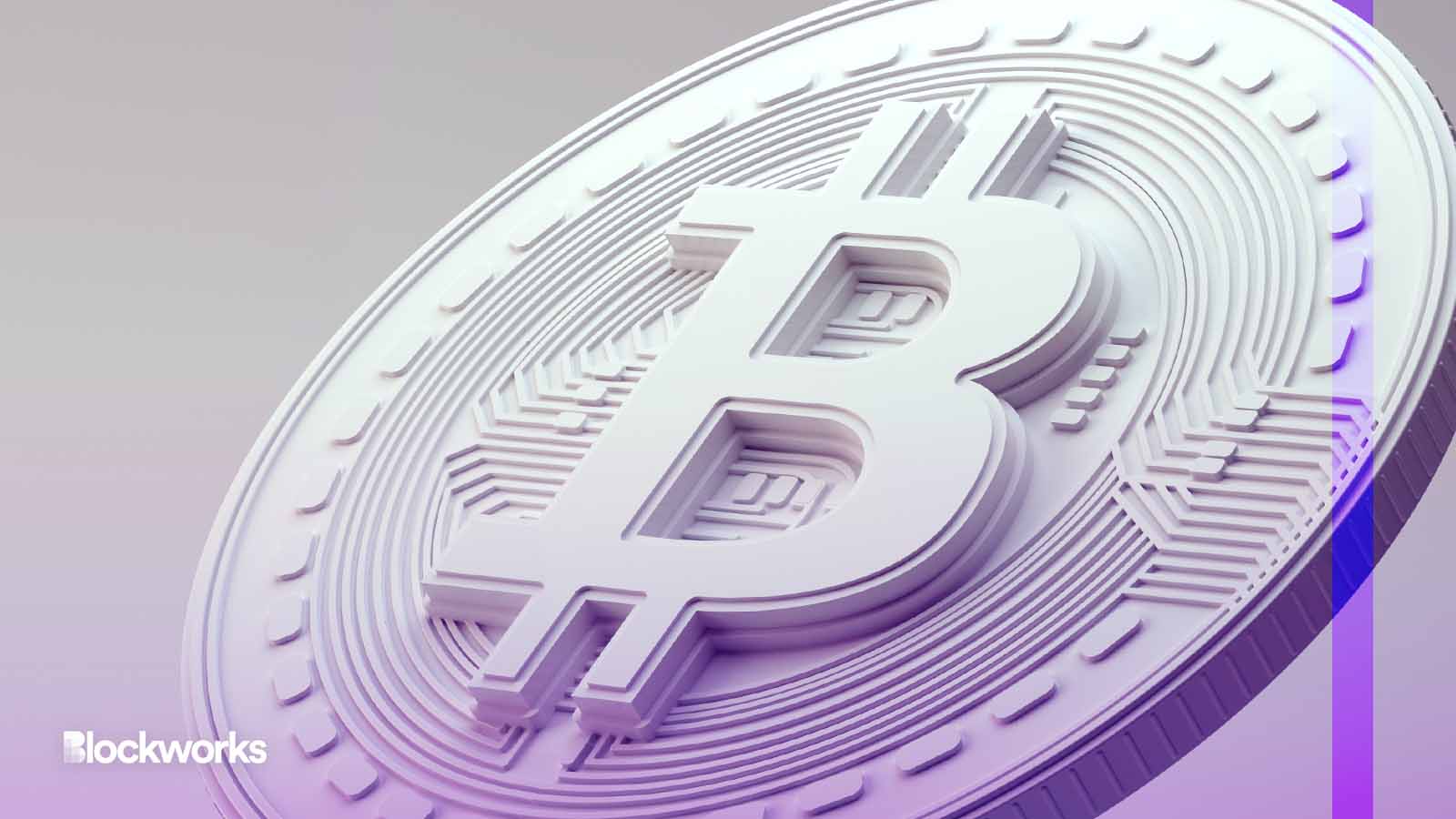Debt Ceilings and Defaults: A Return to Bitcoin as a Safe Asset Narrative?
Many are turning to assets that offer a degree of isolation from the failures of the traditional financial system — namely crypto

PurpleRender/Shutterstock modified by Blockworks
America’s ongoing banking and budget dramas seem to have, once again, got people thinking about keeping money under the mattress — or elsewhere.
Of course, stuffing some cash under the bed doesn’t isolate the holder from inflation. Plus it isn’t exactly the safest place to keep it, albeit arguably safer than some fragile bank accounts. Many are instead turning to assets that offer a degree of isolation from the failures of the system, namely crypto.
It wasn’t too long ago that a banking crisis began with the collapse of a few regional services including Silvergate and Silicon Valley Bank, instigated by a combination of problematic balance sheets and panicked bank runs.
More recently, the bad news coming out of First Republic Bank about depositor flight seems to have pushed more people toward crypto as a potential exit from the mess.
Avi Felman, head of digital asset trading at GoldenTree, and global head of trading at Cumberland, Jonah Van Bourg spoke to Blockworks on the 1000X podcast about the paradigm shift around bitcoin’s value proposition — moving from being perceived primarily as a correlated macro asset to an asset that “might actually be fulfilling its promise as a banking system alternative.”
“The best opportunity of the year,” Van Bourg reflects, “was the [BTC and ETH] dip-buy during the banking crisis.”
“We might have another one of these types of opportunities coming down the pike possibly as the debt ceiling approaches.”
Weaponizing debt ceilings
Debt ceiling disagreements and the looming possibility of defaults are just about a yearly occurrence over the last couple decades, with opposing political parties weaponizing the approval process. In an effort to push through policies that would not stand a chance of passing through the usual channels, parties will attach conditions that allow the debt ceiling to increase once again. The system can then carry on paying out its obligations.
In 2011, under the Obama administration, the debt ceiling conflict between the Democrats and Republicans had serious repercussions, with the United States of America being downgraded from its AAA credit rating by Standard & Poor’s. It was “not because of an inability to pay,” Van Bourg says, “but because of a potential unwillingness to pay.”
“That was a big deal,” he says, “that was the beginning of a 20 or 30% gold rally.”
Debt ceiling drama returned during the Trump presidency, causing a government shutdown as the two parties again locked horns.
“Now, I think the vitriol is just as high, if not higher than then,” Van Bourg says, “and unlike then, interest rates aren’t zero anymore.”
“So if the government were actually to default,” he says, “then you end up with an unprecedented event in financial history whereby the supposed risk-free rate is no longer risk-free.”
“The United States government will say, ‘Hey, Mr. Dentist, we owe you $100 grand. Sorry, we don’t have that for you right now. We got you, though. Wait a week or two until we figure this out in Congress.’”
The impending possibility of default, exacerbated by underwhelming tax receipts, hasn’t roiled markets yet, Van Bourg says, because “we’ve been through a few of these that have resolved in an okay fashion.”
Directly following the Obama and Trump debt ceiling events, Van Bourg notes that gold enjoyed 30% rallies.
Felman replies, “I bet bitcoin would do quite well in that scenario.”
“If you look at the correlations between BTC and gold and then BTC and equities, it basically flipped over the last month.” Felman says that Bitcoin “is a lot more correlated with gold than it was with equity.”
The supply side
Felman cautions that the “supply side” of the bitcoin story may dampen spirits. The United States government is currently in the process of selling off its bitcoin holdings and the potential for sales from Mt. Gox creditors might also suppress the market. Despite this, he says the debt ceiling story may act as “a massive catalyst” in the short term.
Felman says he views the current situation as “an opportunity to trade — similar to what the banking crisis was, with an additional benefit of making Bitcoin better long-term” because it may convert some retail traders into holders.
Van Bourg prefers to think in a longer timeframe. “I know that my bias is a little bit more to try and just focus on the long term,” Van Bourg concludes, “because that’s a framework that you can cling to when things are going badly and you’re staring at a bunch of red numbers.”
Get the news in your inbox. Explore Blockworks newsletters:
- The Breakdown: Decoding crypto and the markets. Daily.
- 0xResearch: Alpha in your inbox. Think like an analyst.






